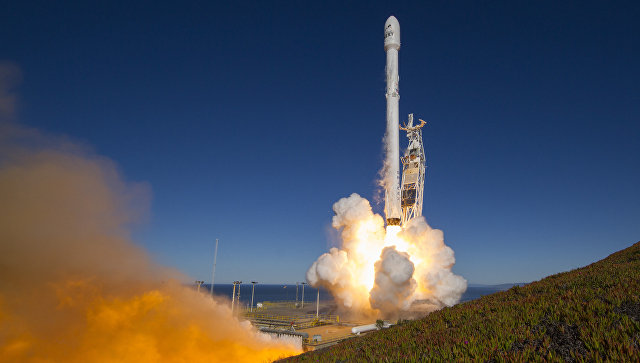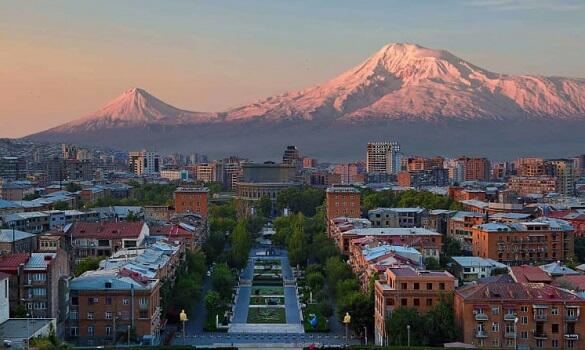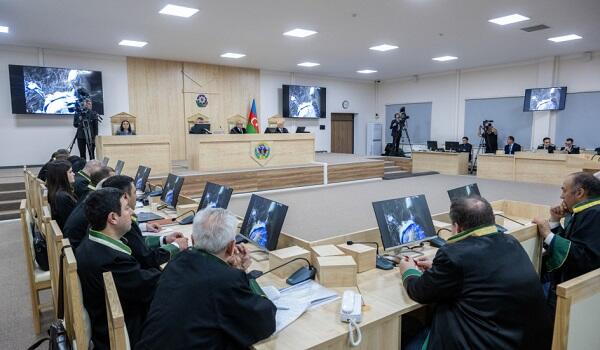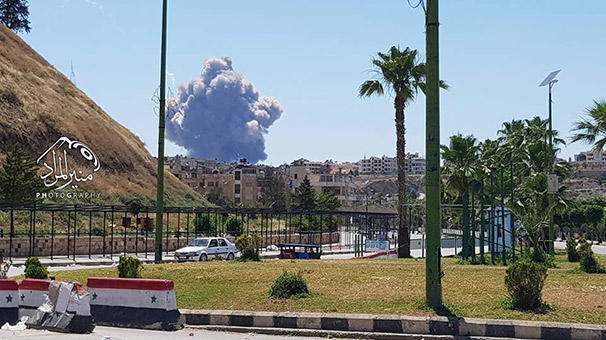Average daily crude production in Russia rose 0.1
percent in October to 11.2 million barrels, breaking the
post-Soviet record for the second consecutive month, according to
data released by the energy ministry.
Russia pumped over 47 million tons of crude in October, 3.9
percent more than in the same period a year ago.
The report shows oil major Rosneft increased output by 0.1
percent, Lukoil production rose by 0.9 percent, while
Surgutneftegaz cut its output by 0.3 percent.
Production was boosted by an increase in drilling as oil
companies are trying to capitalize on a weaker ruble. Russian oil
companies make most of their revenue in US dollars, while their
domestic costs are in rubles.
"The pace of the growth in drilling has been maintained, at 16
percent for the nine months of the year, while Rosneft cranked up
drilling at Samotlor oilfield by 40 percent and by 67 percent at
Yugansk," said Valery Nesterov, analyst at Sberbank CIB, as quoted
by Reuters.
The expert stressed that the government was in a predicament
because of continued negotiations with other top producers on
capping the output level to boost prices.
The energy ministry expects crude output to be 11 million
barrels per day, or to 548 million tons next year as new oil fields
are coming onstream.
Russia has the potential for growth by 2019 with a possible peak
of up to 575 million tons due to investment made in the
pre-sanctions period, according to Nesterov.
Earlier this year, Goldman Sachs’ analysts predicted Russian oil
production would climb to 11.65 million barrels a day over the next
three years.
"We remain positive on Russian oil industry production. At
current oil prices, Russian oils are among the few global majors
that can maintain their growth plans and dividends," Goldman
analyst told Bloomberg.
The Organization of the Petroleum Exporting Countries also
increased supplies in October after Nigeria and Libya managed to
partially recover from disruptions, and Iraq boosted exports.












































